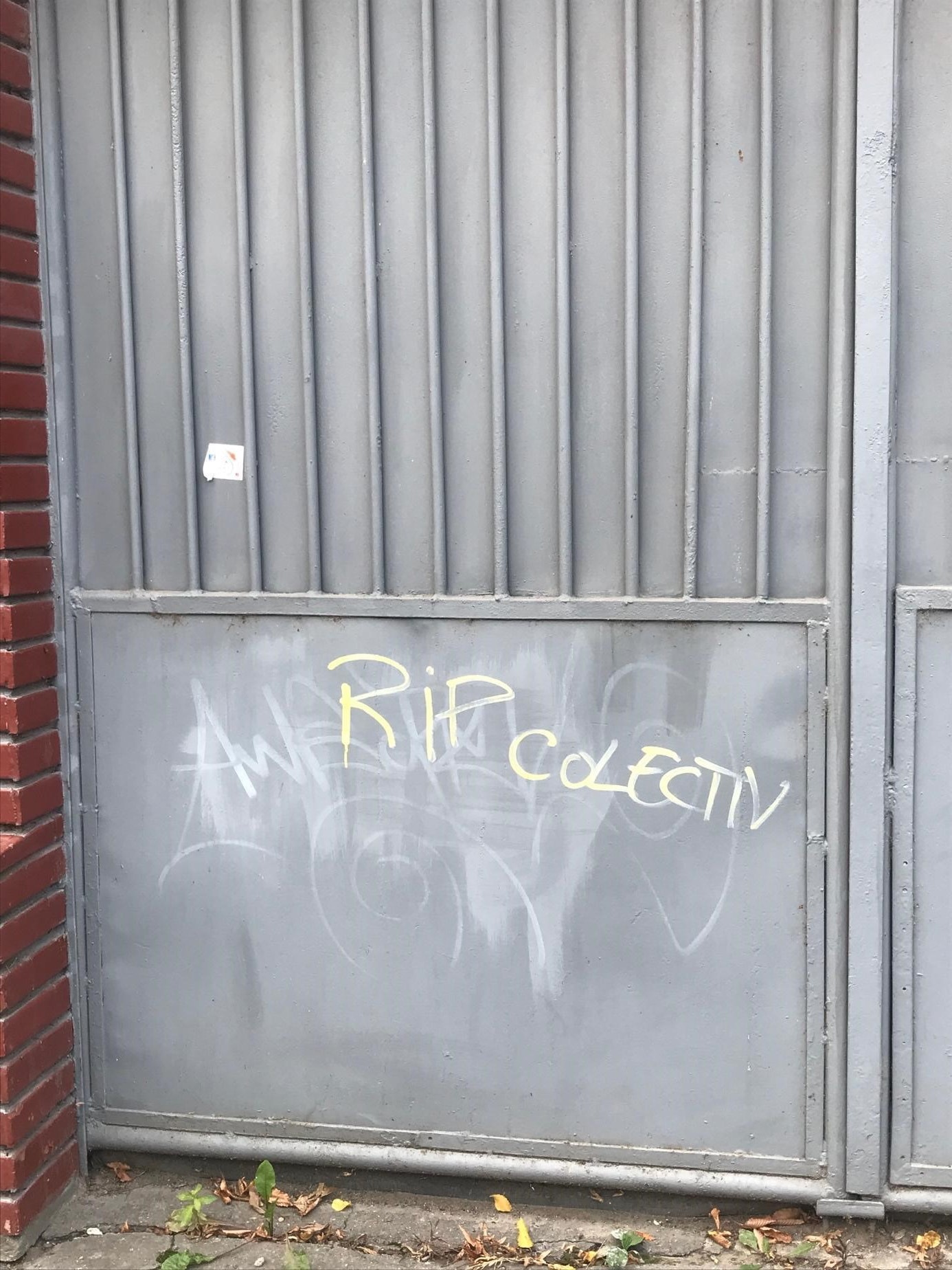
 This picture was shot on October 1, 2019 in Targu Mures, Transylvania.
This picture was shot on October 1, 2019 in Targu Mures, Transylvania.
The event shook the country. People took to the streets in memory of those who perished in the fire. Cities filled with mourners, shocked by the tragedy and outraged by the series of abuses that allowed the situation in the first place; the fire at Colectiv was just another example of the rampant level of corruption in the country, and people were no longer able to sit back and be victims.
Hundreds of thousands of active and outraged citizens took to the streets. It had become clear by then that the government had issued permits in exchange for bribes, and fines were being issued to hide the complicity of the responsible institutions. The government quickly moved to close down thousands of pubs, clubs, bars and theater companies in the aftermath of the fire. But the protestor’s fury could not be contained with such measures, and after five days of protests, the government could see no other option but to resign.
Yet, this did not immediately fix the corrupt system or abate the series of bad decisions. This is where the film comes in—following the work of the investigative journalists and whistleblowers who are determined to uncover the facts and reveal the shocking information they also hope is not true. It’s hard to say who the main protagonists in this film are as all of those involved and invested in doing their job to make sure that nothing similar can happen again are brought in close proximity to the viewer. The journalists, the whistleblower and the technocratic government’s minister of health all seem to be the most dedicated to uncovering the truth and bringing solutions to the hell they find themselves in.
The recently-appointed minister of health has to fix the situation his predecessor knowingly created and regain the public’s trust. He has no political experience or connections, coming instead from the NGO sector. While he seems driven to find solutions, what comes next is a difficult blow to take.
The documentary takes a dramatic turn with the institutional response and public outcry over the publication of the journalists’ investigative work. The minister and journalists seem to be on the same side, fighting against ióhas with their own means and tools. The documentary uses close-ups to show just how invested and dedicated they are to put an end to abuse of office and faulty government; even the minister is shown in a way which is unusual for a public figure.
The twists and turns of the documentary’s dramaturgy remind us of a detective story coupled with the thrills of a horror movie; while the film is defined by the intent to find and punish those responsible for creating such a situation, the witnesses, though vulnerable and easily targeted and intimidated, play a large role when coming forward, and do so with impressive courage and determination. As the story unfolds, key figures providing testimony die in unexpected accidents and all hell breaks loose.
Even though the film does not focus on the meaning of personal responsibility in a thoroughly corrupt system, the role of the anesthesiologist, Camelai Roiu, the whistleblower doctor who comes forward, is key. She revealed how a system damages individuals, and proved it’s enough for one person to strike back. Even when summoned in front of ethics committees and making a number of enemies, she also gathered supporters around her; several civil organizations joined forces and launched a petition for her to keep her job. Roiu was unafraid to go public with everything she knew, and her unwillingness to compromise is indeed memorable. She was clear that there is no turning point; the system needs to undergo a total and complete change. But will that happen?
Etelka Tamás-Balha
This article was published in a special edition by Verzió and Utca&Karrier in October 2019.